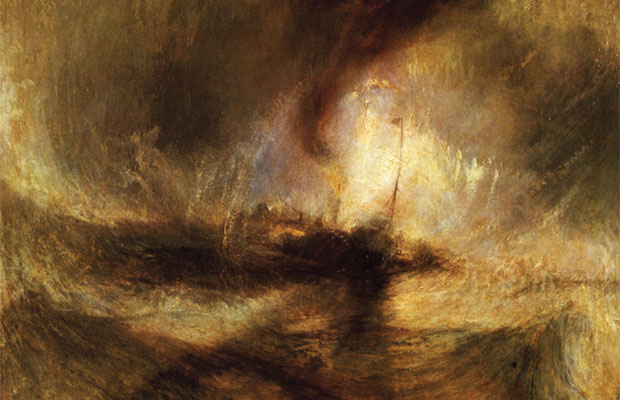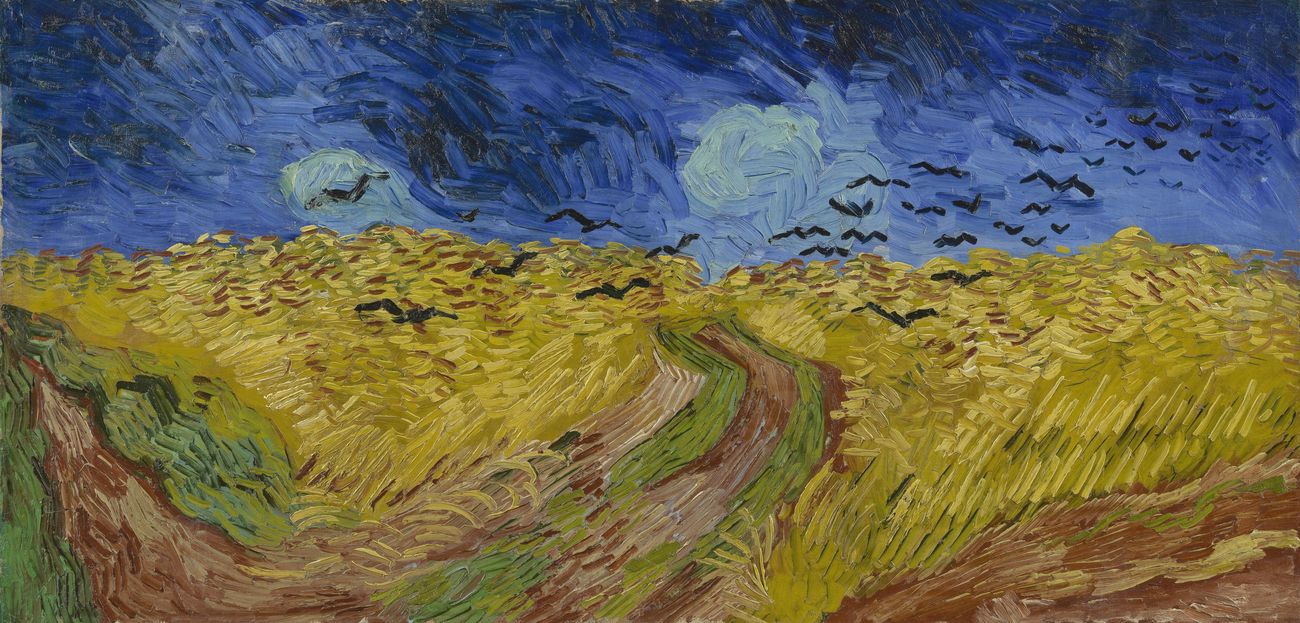unable to speak, especially as the temporary result of shock or strong emotionI am faithless, but sometimes, when confronting an artwork, I feel as if I'm in church.
On, sadly, rare occasions I enter a gallery and experience a moment of stillness so pure it feels transcendental: my heart races, my head spins, I stop breathing for a moment - speechlessness descends as a gift to someone whose life contains little quiet.
It would be nice to think that we all find moments like this in our lives: times where we connect with something greater and more beautiful than ourselves. Times of quiet. But I am not the only person who has to struggle to escape everyday noise.
At different stages in my life, the following three artworks have rendered me speechless, all for different reasons. The were quiet points, where I had the space to think.
1. Turner's Seascapes:
There are examples of Turner's works all over the place in London, but I first fell in love with his seascapes through the 'Turner and the Sea' exhibition at the National Maritime Museum a few years ago. The scale of his late seascapes, stripped of all unnecessary detail, was immense: I felt as if I could be washed away. Turner's courage to pull back details means that you end up with huge, almost abstract canvases, and being surrounded by them is very tranquil.
2. Van Gogh's 'Wheat field with Crows':
I don't remember when it was I fell for Van Gogh's work, but when I had a brief stopover in Amsterdam for a wedding, I took great delight in going to the Van Gogh museum. The highlight for me was 'Wheat field with Crows', which is a huge canvas that seems to perfectly capture a ripple of disturbance in a field, causing the birds to rise and fly off. I stood staring at the tiny brush strokes, following the movement, until my partner hurried me along. My mind stayed with the painting.
3. Rothko's Seagram Murals:
What artworks have given you pause? Which artists?
It seems like I don't just look for a single thing in an artwork. It is more a feeling of scale. What I'm looking for, maybe, is something with the scope to put my own life in perspective. Whatever the feeling, it's beyond words.


%201959_0.jpg?itok=-QvdgntK)